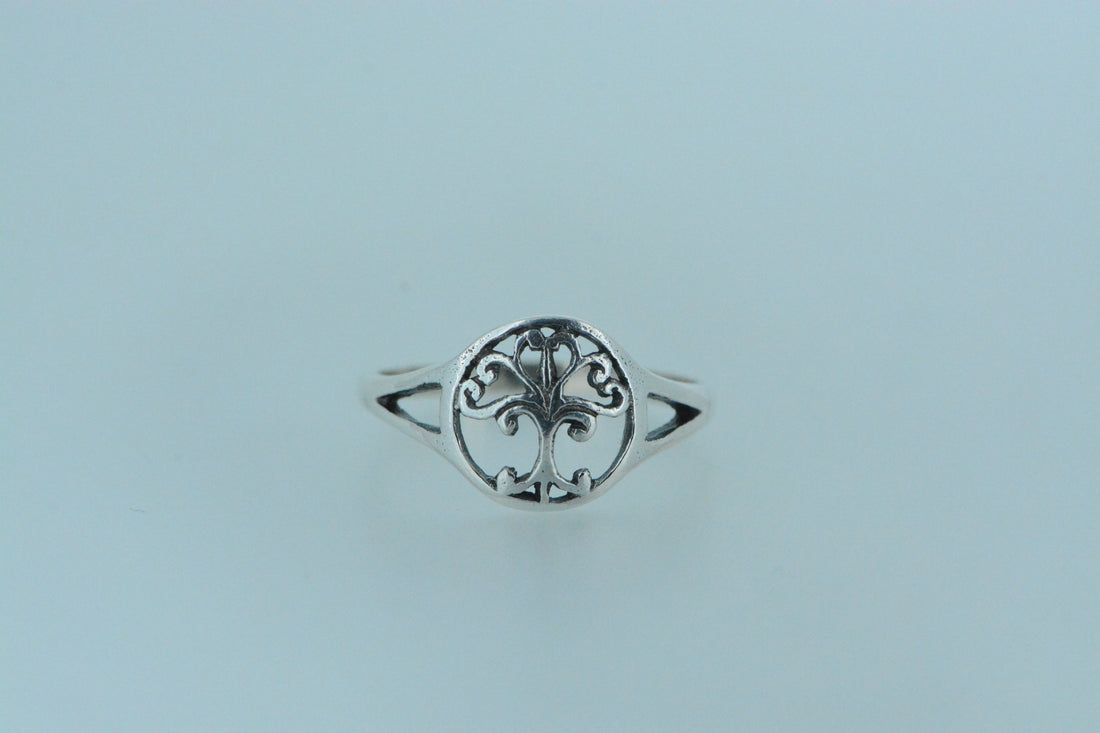
How To Test If Your Silver Jewellery Is Fake?
Share
Firstly, in order to understand whether or not your silver jewellery is fake, we must first understand what silver is. Silver is rarely found as pure 100% pure silver. In reality silver is usually found as sterling silver, which is an alloy 92.5% silver and 7.5% other metals.
The reason the purer fine silver is less frequently used is because it is quite a soft metal unless combined with other metals.
If a jeweller is not specifically marketing the metal as sterling silver then it is worth asking to make sure.
For example, it could be silver plated jewellery. Silver plated just means there is a base metal with a thin coat of silver around it. Often used for costume jewellery, if that surface layer of silver wears off it will leave the base metal exposed.
Alpaca is another metal often confused as sterling silver. Alpaca contains zero to very little silver and is made up of copper, nickel and zinc giving it a silvery finish.
AT HOME SILVER TESTS YOU CAN DO
THE HALLMARK TEST
The quickest test you can do is check for a hallmark. You check hallmark guidance for more information here.
If you have any of the following marks, then you have real sterling silver:
-
925
-
sterling
-
sterling silver
If your jewellery piece has any of the following marks, it represents the purity of the silver out of 1000:
-
800
-
830
-
835
-
900
-
950
-
999 or FS - for fine silver
Silver jewellery that has any of the below markings mean something different and indicate that you don’t have real silver:
-
EP - meaning a base metal that has been electroplated with silver
-
EPNS - another common marking for silver-plated nickel items
-
EPBM - indicates a silver plating for the base metal britannia
Although checking for a hallmark can certainly be useful, some dodgy dealers may put the hallmark on fraudulently. So we can also use some of the following checks to see if we likely have sterling silver or not.
THE FLAKE TEST
As you can see, some items are made of a non silver base metal and then plated with silver. You can try scratching the silver surface to see if silver flakes off the base metal. If you do get silver flakes and a different colour base metal then you don’t have real sterling silver.
THE POLISH TEST
Real silver tarnishes and turns black over time when exposed to elements in the air. If you rub your silver ring with a white cloth and you get a black residue, then the material is likely real silver.
THE MAGNET TEST
Silver is not magnetic, so if you hold a strong magnet up to your jewellery piece then it should not be magnetised or attracted to any magnets. If it is, then it is not silver.
THE ICE CUBE TEST
Silver is highly thermally conductive and therefore ice should melt fairly quickly when you put ice on top of your ring. Be sure to conduct the test at room temperature, in very cold temperatures, there wouldn’t be enough heat present to melt the ice quickly.
Then compare it to how ice melts on an object that is not made of silver. If the ice melts faster on the silver item - then it is a strong indicator that you have got real silver.
THE SMELL TEST
Real sterling silver should be odorless, unlike many other metals that might pick up a dirty metallic smell to them. If you smell a foul odor when you smell your jewellery, then it's likely not real silver.
A PROPER ASSAY TEST
Lastly, while all these tests are quick DIY options you can try out at home, if you want to be 100% certain that you have the real deal, then you will need to take your jewellery to a jeweller who can get it assayed for you.
Equipment exists to conduct tests that can ascertain the metal composition within your jewellery.
X-ray fluorescence analysers and spectrometers are examples of such equipment but they are very expensive devices and cost many thousands of pounds, so it might be best to ask your local jeweller to conduct the tests for you.
